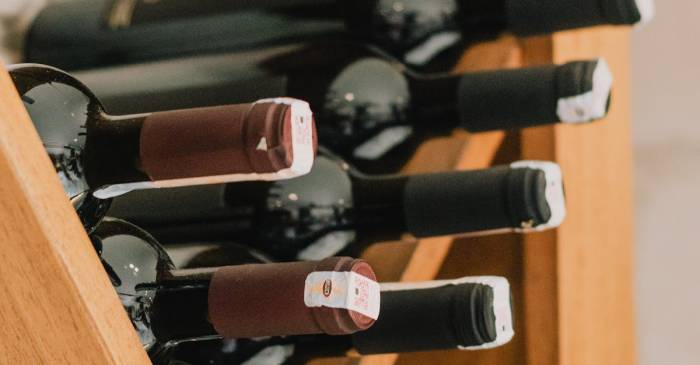Bordeaux Wine Merchants Expand Global Portfolios Amid Declining En Primeur Sales
London tasting event showcases international wines as traditional Bordeaux dominance wanes and industry adapts to shifting market dynamics
2025-09-22

The autumn tasting season for the London wine trade began this year with Beyond Bordeaux, an event organized by CVBG, a respected Bordeaux négociant. The tasting took place at Glaziers’ Hall and featured 79 wines from countries including Australia, California, Argentina, Chile, South Africa, Italy, Spain, Germany, and Austria. Notably, there was not a single bottle of Bordeaux poured at the event. Only three French wines were present: two champagnes from Thiénot and Lanson, and a red from Château d’Aussières in Corbières, which is owned by the Rothschilds of Château Lafite.
This event highlights a shift in the Bordeaux négociants’ business model. Traditionally focused on selling Bordeaux wines en primeur each spring, these merchants have increasingly turned to non-Bordeaux wines as sales of their flagship product have declined. The first non-Bordeaux wine offered through La Place de Bordeaux was Almaviva from Chile in 1998, followed by Opus One from Napa Valley in 2004 and Masseto from Tuscany in 2009. Today, La Place offers a wide range of high-priced wines from around the world to the global wine trade according to a set schedule.
CVBG’s chief executive Mathieu Chadronnier explained that their selection for Beyond Bordeaux is based on the quality of the wine, its story, and the people behind it. He reported that Beyond Bordeaux sales now account for about 20 percent of CVBG’s turnover, while Bordeaux en primeur makes up 35 percent and back vintages 45 percent. This marks a significant change from previous years when en primeur sales dominated.
Producers who participate in Beyond Bordeaux must still actively promote their wines at tastings in cities such as London, Singapore, Hong Kong, and Tokyo. While these events offer exposure to new markets—especially for producers like Chappellet from Napa Valley—they do not always translate into immediate sales. Most attendees at the London tasting were members of the UK wine trade who appreciated the opportunity to sample rare and expensive wines but did not necessarily make purchases on the spot.
Some UK fine wine traders remain skeptical about the effectiveness of this new approach. Stephen Browett of Farr Vintners noted that Bordeaux now represents less than half of his company’s sales by value and volume for the first time ever. He expressed concern that too many foreign producers are abandoning long-standing importers in favor of selling through La Place de Bordeaux, often with little control over where their wines end up.
Matthew O’Connell of Bordeaux Index echoed this sentiment. He reported that both Bordeaux en primeur and Beyond Bordeaux wines make up only a small fraction of his company’s turnover. He pointed out that high prices have become a barrier for many producers seeking to sell through La Place de Bordeaux.
At this year’s Beyond Bordeaux tasting in London, California wines were among the most expensive on offer. For example, Verité’s 2021 vintage retails for over £300 per bottle, while Dalla Valle’s Maya 2022 sells for nearly £460 per bottle. These prices exceed even those of Australia’s Penfolds Grange 2021.
The distribution system for fine wine varies by region. In Bordeaux, négociants buy young wines en primeur through brokers and then sell them to clients worldwide. This system involves several layers of distribution and multiple markups before reaching consumers. In contrast, Burgundy and Rhône producers work directly with importers who taste at each domaine and make annual offers to customers. Most other fine wine producers rely on specific importers in each country or state to build their reputation and sales.
As Bordeaux négociants seek to compensate for declining en primeur sales by expanding their portfolios with non-Bordeaux wines, questions remain about the long-term impact on traditional distribution networks and pricing strategies. The shift reflects broader changes in global wine consumption and trade as producers and merchants adapt to evolving market conditions.
Founded in 2007, Vinetur® is a registered trademark of VGSC S.L. with a long history in the wine industry.
VGSC, S.L. with VAT number B70255591 is a spanish company legally registered in the Commercial Register of the city of Santiago de Compostela, with registration number: Bulletin 181, Reference 356049 in Volume 13, Page 107, Section 6, Sheet 45028, Entry 2.
Email: [email protected]
Headquarters and offices located in Vilagarcia de Arousa, Spain.